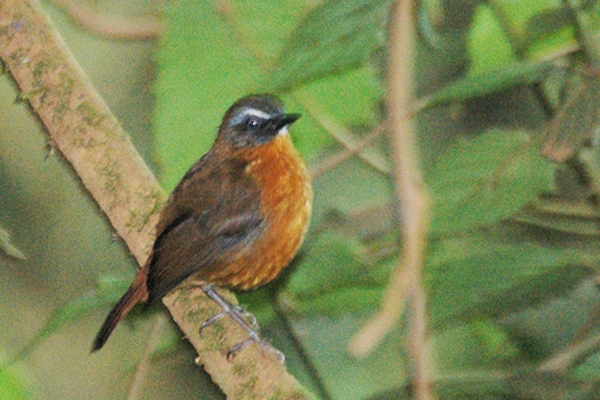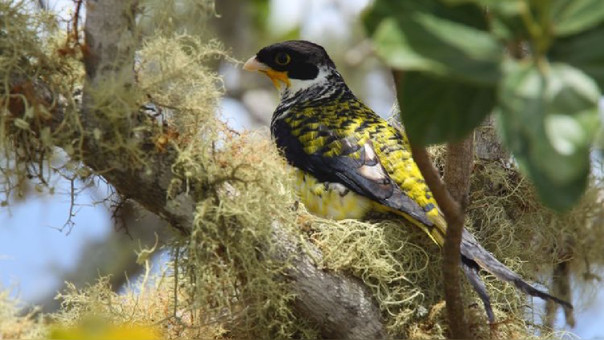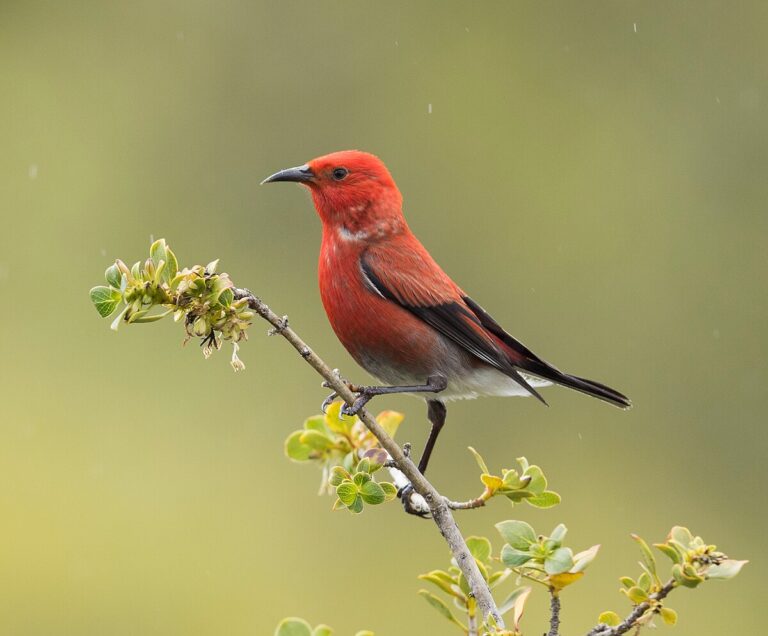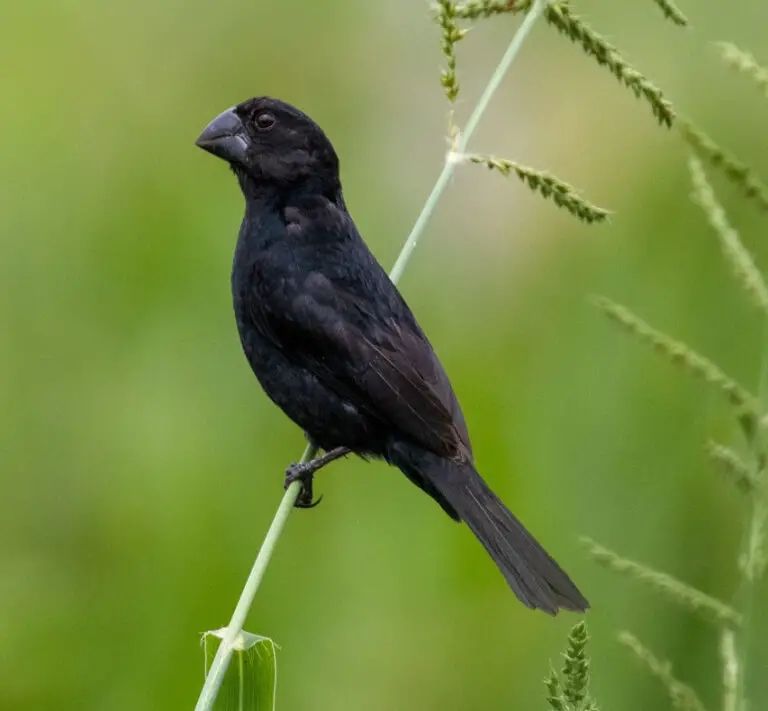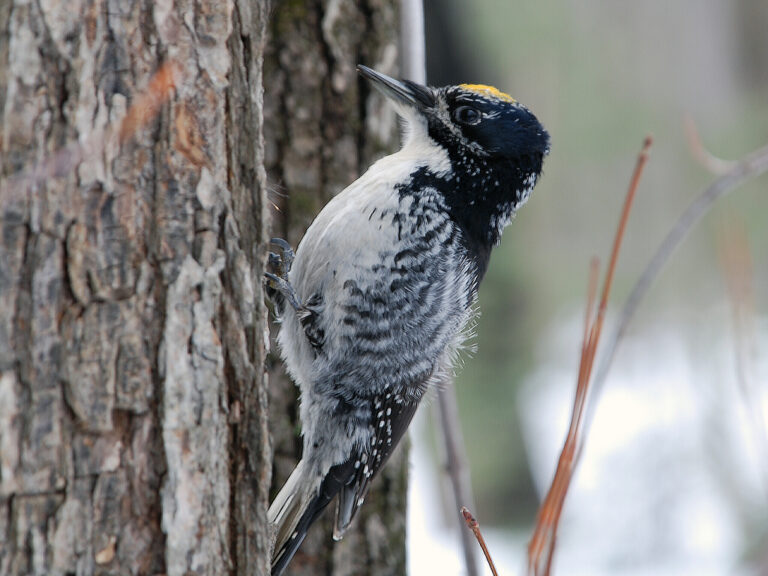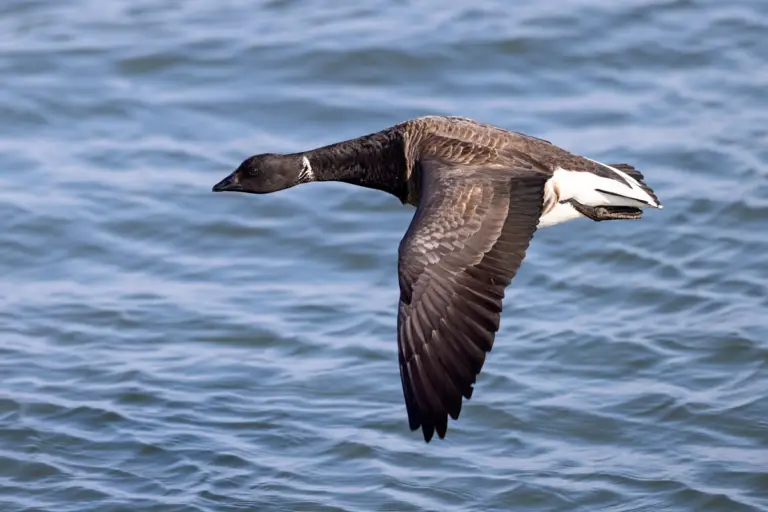Downy Woodpecker (D. pubescens)
“Downy woodpeckers look slightly different depending on where they are located.”
The Downy Woodpecker, scientifically known as Dryobates pubescens, belongs to the following taxonomic classification:
- Kingdom: Animalia
- Phylum: Chordata
- Class: Aves
- Order: Piciformes
- Family: Picidae
- Genus: Dryobates
- Species: Dryobates pubescens
Its conservation status is classified as “Least Concern,” indicating that it is not currently facing significant threats to its population. Downy Woodpeckers are primarily found in North America.
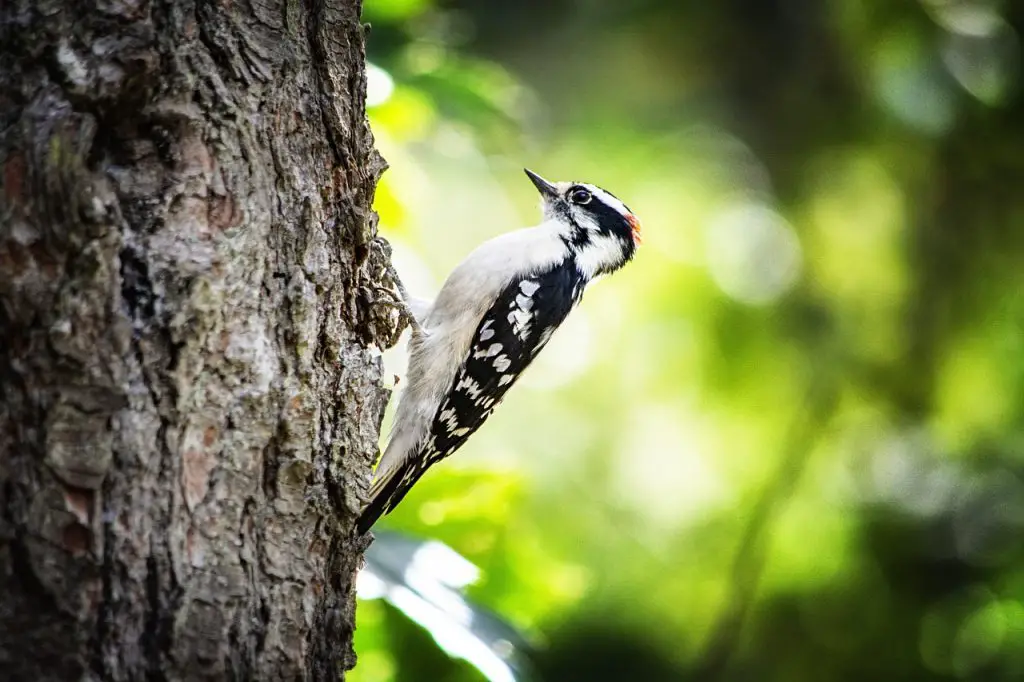
The Downy Woodpecker boasts several fascinating facts:
- Prey: They primarily feed on insects.
- Group Behavior: Downy Woodpeckers are social birds.
- Flocks: They can be found in flocks.
- Estimated Population Size: Approximately 14 million individuals.
- Wingspan: Ranges from 10 to 12 inches.
- Age of Fledgling: Typically fledges at 18 to 21 days old.
- Habitat: They inhabit forests.
- Predators: Their predators include birds of prey.
- Diet: Downy Woodpeckers are omnivores.
- Physical Characteristics:
- Color: They have a combination of black and white plumage.
- Skin Type: Covered in feathers.
- Lifespan: Typically one to three years.
- Weight: Their weight ranges from 0.74 to 0.99 ounces.
- Length: They measure between 5.7 to 6.7 inches in length.
- Age of Sexual Maturity: Reach sexual maturity around one year of age.
- Venomous: They are not venomous.
- Aggression: Downy Woodpeckers typically display low aggression levels.
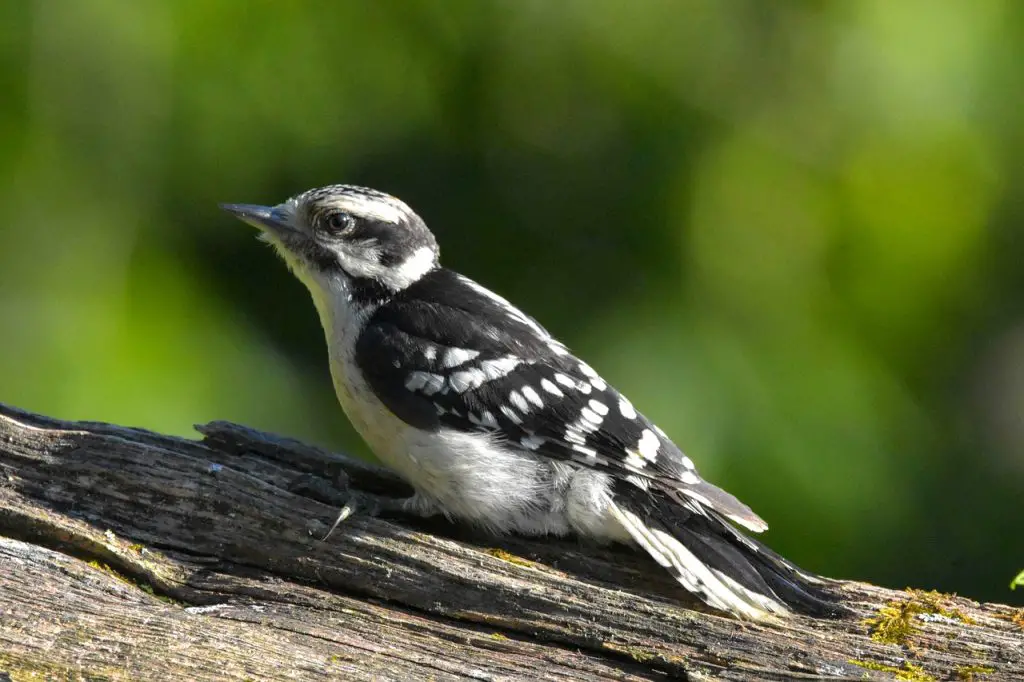
Downy Woodpeckers are a familiar sight in many backyard bird feeders and gardens. Their small size and acrobatic abilities make them quite entertaining to watch as they move around in search of food. It’s not uncommon to see them joining mixed flocks of other birds, displaying impressive agility as they balance on slender branches or even wires while foraging. Their adaptability and agility contribute to their widespread presence and popularity among birdwatchers.
4 Amazing Downy Woodpecker Facts
- Social Foragers: Downy Woodpeckers are social birds, often flocking with various species, especially in winter. This behavior aids in food finding and protection against predators.
- Gender-based Feeding Preferences: Males and females exhibit different feeding behaviors. Males prefer smaller branches and weed stems, while females tend to feed on larger branches and trunks. This specialization might be a result of males dominating the more productive feeding locations.
- Utilizing Small Food Sources: Despite their diminutive size, Downy Woodpeckers excel at accessing food sources that larger woodpeckers cannot reach, showcasing their adaptability and resourcefulness.
- Communicative Drummers: While not vocal singers, Downy Woodpeckers are skilled at drumming loudly on wood and metal surfaces as a means of communication. Interestingly, they remain silent while feeding, demonstrating their ability to switch between communication modes depending on the context.
Where to Find Downy Woodpeckers
Downy Woodpeckers are indeed widespread throughout North America, showing a preference for lush, leafy forests. They’re quite versatile creatures, able to make themselves at home in a range of environments, from wooded areas to urban parks and even backyard gardens. However, you won’t catch them braving the scorching deserts of the southwest or the icy tundras up north. Despite their adaptability, these regions just don’t suit their needs.
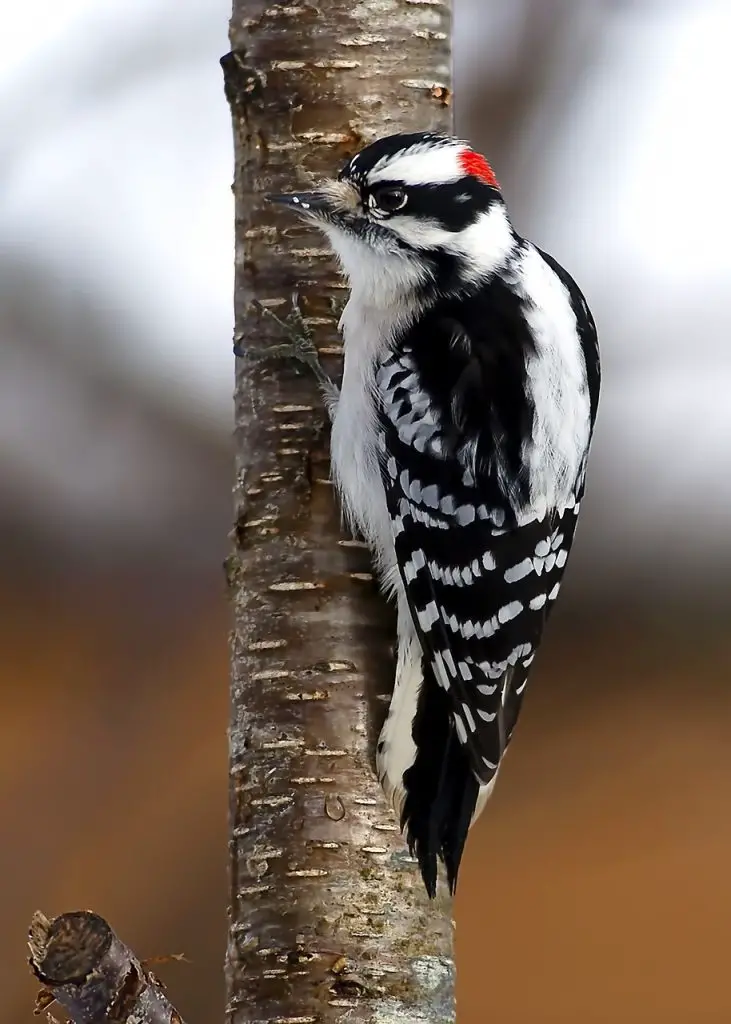
If you’re keen on spotting a Downy Woodpecker, keep your ears open for their distinctive drumming sounds. These rhythmic taps serve as both a form of communication and a beacon to their whereabouts. Following the beat might just lead you right to them. But be warned: these little woodpeckers often buddy up with chickadees and other feathered friends, which can make them a bit elusive amidst the bustling activity of mixed-species foraging parties. So, keep your eyes peeled and your ears tuned for that telltale drumming if you want to catch a glimpse of these charming birds in action.
Downy Woodpecker Nests
These woodpeckers have a knack for selecting just the right spot to call home, often opting for dead trees or the decaying parts of live ones. They have a particular preference for smaller branches that branch off from the trunk, providing a secluded spot for their nest. Interestingly, they place the entrance hole towards the bottom, typically only about an inch across, perfectly sized for these petite birds.
They’re quite resourceful when it comes to their choice of nesting sites. Often, they’ll seek out trees that have been infected with fungus. The presence of fungus softens the wood, making it easier for the woodpeckers to excavate their cozy nesting cavity.
Both the male and female Downy Woodpeckers pitch in to build their nest, recognizing that teamwork makes the dream work. It’s no small feat, though, and it usually takes them anywhere from one to three weeks to complete the task. Once finished, their nesting cavities can range from six to twelve inches deep, with a wider bottom to accommodate their eggs. Interestingly, they don’t go for the traditional nest-building approach; instead, they simply line the cavity with wood chips from their excavation, keeping it simple yet snug for their upcoming brood.
Downy Woodpecker Scientific Name
The scientific name of the Downy Woodpecker has undergone significant changes over time, reflecting advancements in our understanding of species relationships. Presently, it goes by the name Dryobates pubescens.
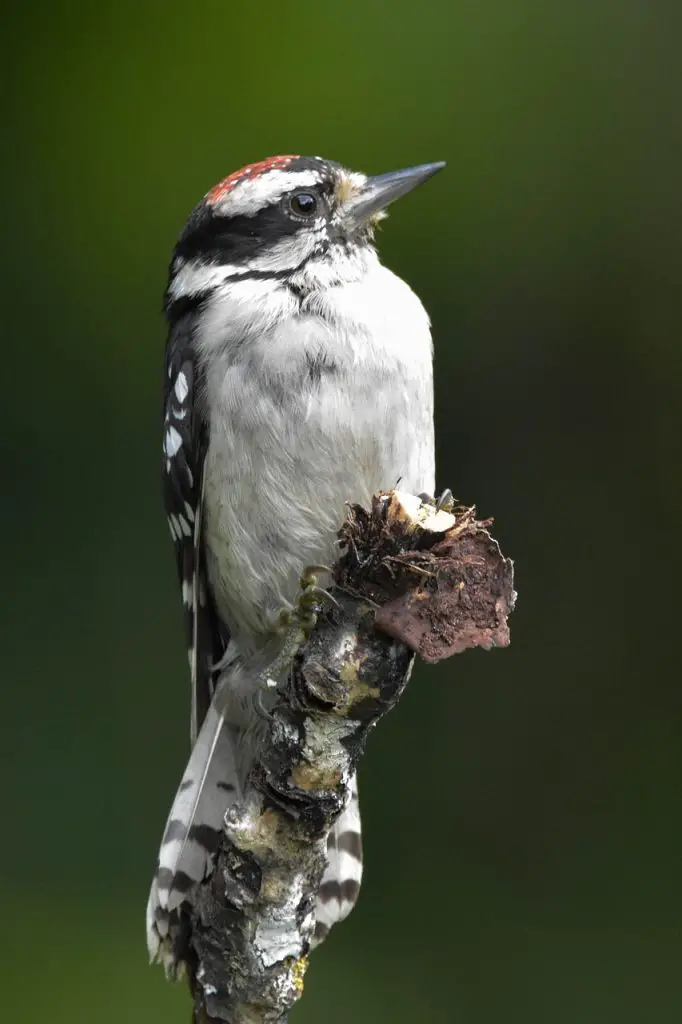
The term “pubescens” is derived from Latin and translates simply to “downy,” mirroring the bird’s common name, which has been in use for a considerable period. On the other hand, “Dryobates” carries the meaning of “woodland walker” and belongs to a broader genus of birds found across the globe. Currently, this genus encompasses five distinct species.
Belonging to the expansive Picidae family, which encompasses all woodpeckers, the Downy Woodpecker finds its place within a diverse and widespread lineage of avian species. This family is extensive and has a global presence, showcasing the remarkable diversity and adaptability of woodpeckers worldwide.
Downy Woodpecker Size, Appearance, & Behavior
As the smallest woodpecker species in North America, the Downy Woodpecker holds its own in a world of diverse avian life. While it may be petite by North American standards, other continents boast even smaller woodpecker species. Measuring between 5.5 to 7.1 inches in length and sporting a wingspan of 9.8 to 12.2 inches, these birds are compact yet capable. Their weight typically hovers just under an ounce, though some individuals may tip the scales at up to 1.16 ounces.
Despite their diminutive size, Downy Woodpeckers make a striking impression with their predominantly black plumage accented by patches of crisp white on their undersides, heads, and wings. Males sport an additional splash of color with a bold red patch adorning the back of their heads, while juveniles boast a charming red cap. Their bill, notably shorter than that of other woodpecker species, adds to their distinctive appearance.
Renowned for their energetic nature, Downy Woodpeckers are constantly on the move, darting between grass stems and wildflowers in search of insects and other delectable treats. Their agility is impressive as they deftly navigate thin limbs and precarious perches. To maintain their balance, they cleverly utilize their tail feathers for support, allowing them to walk with ease on even the most slender of branches.
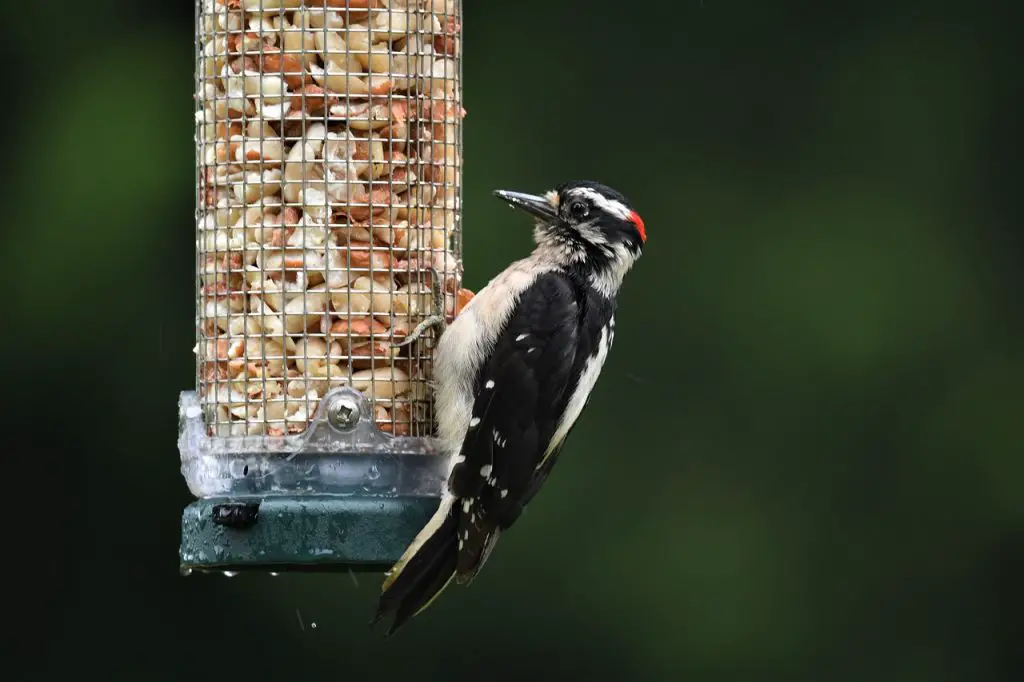
Downy Woodpecker Diet
While the Downy Woodpecker shares a similar diet with its woodpecker relatives, its culinary preferences are nonetheless distinct and varied. These birds primarily fuel themselves with a steady supply of insects, with beetle larvae ranking high on their list of favorite treats. Employing their characteristic hammering technique, Downy Woodpeckers excavate into tree bark to uncover these delectable morsels, while also scouring the grass for any bugs that happen to venture within reach. Their penchant for consuming “pest insects” makes them particularly cherished allies for gardeners seeking natural pest control solutions.
However, these resourceful woodpeckers aren’t solely reliant on insects for sustenance. Approximately a quarter of their diet consists of plant material, offering a diverse array of flavors and nutrients. Berries, grains, and acorns are among their preferred plant-based fare, adding a touch of sweetness and variety to their meals. Additionally, Downy Woodpeckers are known to partake in the bounty offered by bird feeders, readily indulging in sunflower seeds and occasionally even sipping from hummingbird feeders for a refreshing beverage. With such a versatile palate, these birds effortlessly navigate between the realms of animal and plant-based foods, ensuring they remain well-nourished and adaptable in their woodland habitats.
Downy Woodpecker Predators, Threats, and Conservation Status
With a stable population and no imminent threats on the horizon, the Downy Woodpecker enjoys the comfortable conservation status of “least concern.” Their numbers remain robust, and they continue to thrive in their woodland habitats without significant concerns for their well-being.
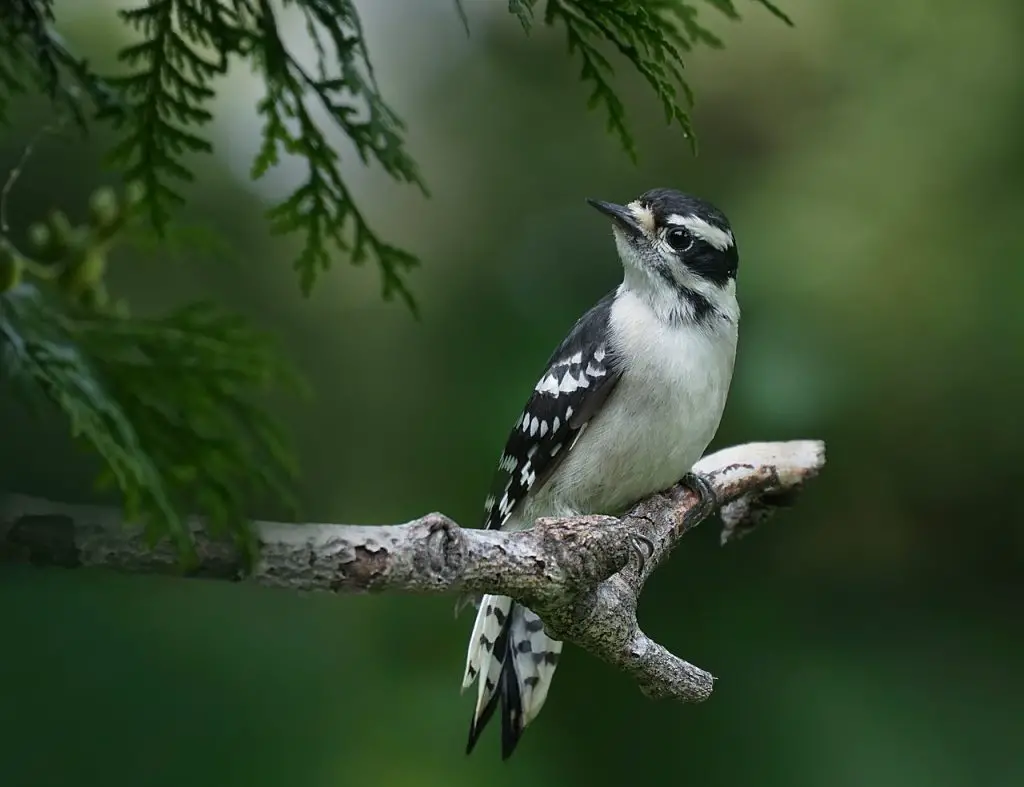
However, like many creatures in the wild, Downy Woodpeckers are not without their predators. Birds of prey pose the greatest threat to these small woodpeckers, with species such as the American Kestrel, Sharp-shinned Hawk, and Cooper’s Hawk lurking in their range. These predators often target Downy Woodpeckers while in flight, taking advantage of their somewhat moderate flying skills.
When it comes to protecting their offspring, Downy Woodpeckers have devised a clever strategy. While snakes pose a threat to their eggs, the woodpeckers’ nest-building techniques offer excellent defense against most would-be intruders. Their nests are constructed in such a way that only snakes can access them, providing a safe haven for their precious eggs. With this ingenious design, Downy Woodpeckers ensure that their young are well-protected from all but the most specialized of predators.
Reproduction, Young, and Molting
Following the meticulous excavation of their nest, Downy Woodpeckers embark on the next stage of their reproductive journey by laying a clutch of eggs. This clutch size can vary considerably, ranging anywhere from 3 to 8 eggs. While the reasons behind this wide range remain somewhat mysterious, factors such as environmental conditions and individual variations likely play a role. Regardless of the clutch size, a mated pair of Downy Woodpeckers will invest their efforts in raising just a single brood each year. The eggs themselves are unadorned with any distinctive markings, presenting a pristine white appearance.
Once the eggs are laid, the countdown to new life begins. The incubation period lasts precisely 12 days, during which time the parents diligently tend to their precious cargo. After this brief but crucial period, the eggs hatch, revealing the tiny hatchlings nestled within. However, their journey has only just begun. These newly hatched chicks will remain in the cozy confines of the nest for an additional 18 to 21 days, gradually growing stronger and more independent under the watchful care of their devoted parents. It’s a delicate yet exhilarating time as the Downy Woodpecker family eagerly awaits the moment when their offspring will take flight and begin their own adventures in the wide world beyond the nest.
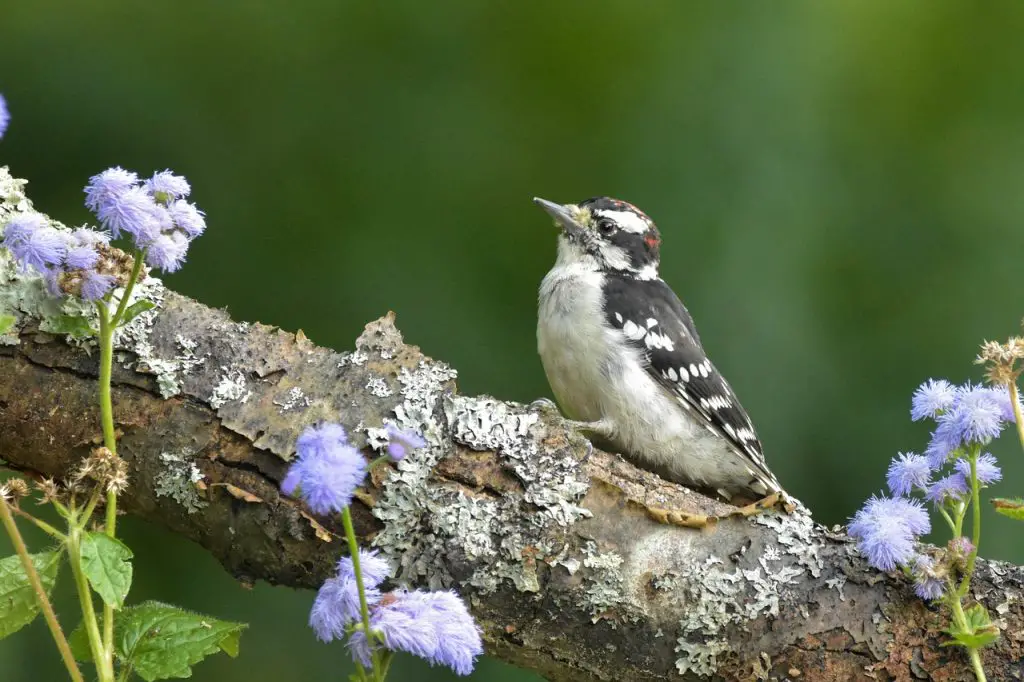
Population
With an estimated breeding population totaling around 14 million individuals, the Downy Woodpecker stands as a testament to nature’s resilience and abundance. This impressive population size reflects the species’ robust status within its ecosystem, a fact further underscored by its classification as “least concern” on the IUCN Red List. Such a designation speaks to the Downy Woodpecker’s stable and prolific population trends, highlighting its ability to thrive and adapt in a dynamic world.
Amidst the leafy canopy of North American forests, these charismatic woodpeckers continue to carve out their niche, their rhythmic drumming echoing through the trees as a testament to their enduring presence. With their numbers flourishing and their future secure, the Downy Woodpecker stands as a beacon of hope and resilience, a reminder of nature’s remarkable capacity for renewal and regeneration.
Before You Go…
The Downy Woodpecker, North America’s smallest woodpecker species, embodies resilience and adaptability. With its distinctive black and white plumage, energetic foraging habits, and clever nesting strategies, this charismatic bird has carved out a niche in diverse habitats across the continent. Despite facing predation and environmental challenges, the Downy Woodpecker’s stable population of approximately 14 million individuals reflects its ability to thrive in the face of adversity. As a familiar sight in woodlands, parks, and gardens, the Downy Woodpecker serves as a reminder of nature’s ingenuity and the importance of conservation efforts to ensure the continued vitality of our avian companions.
